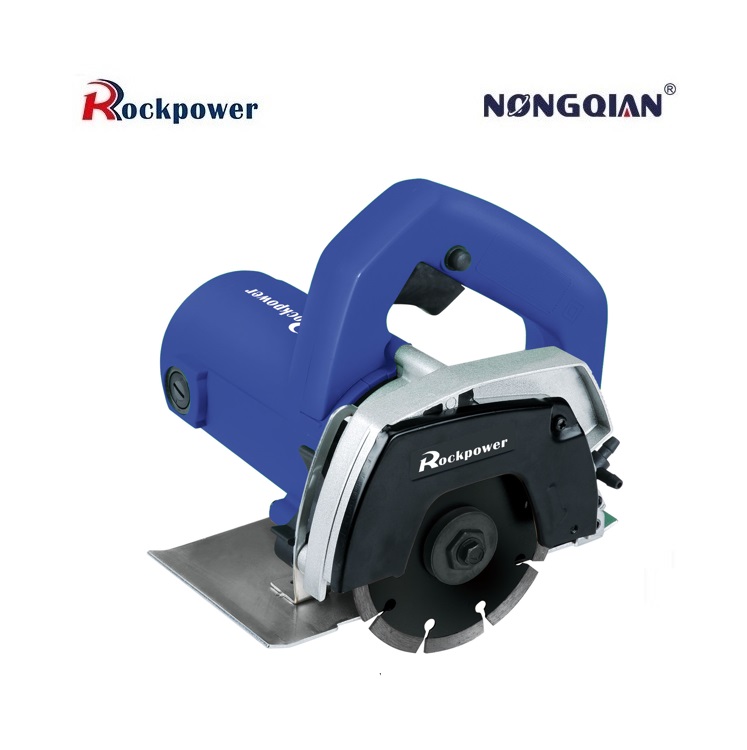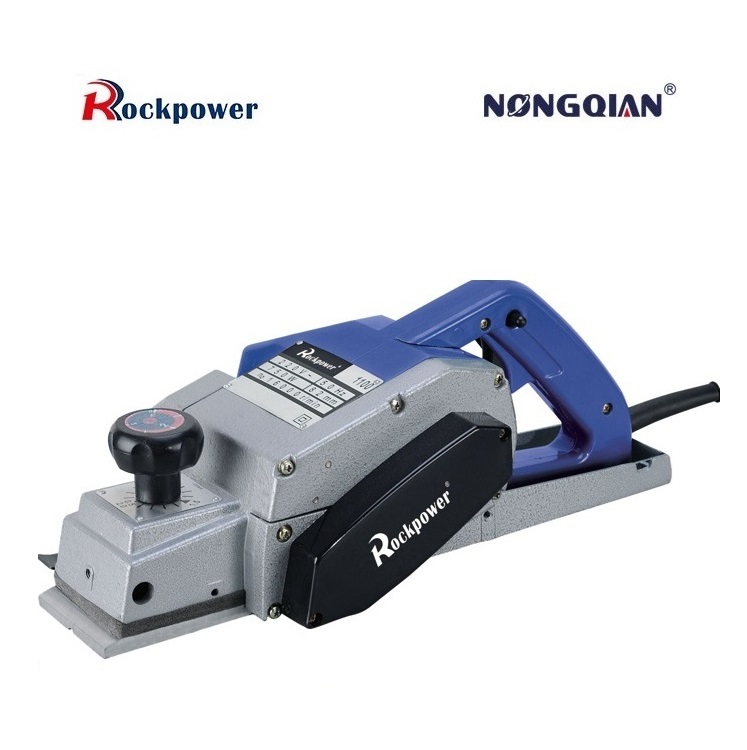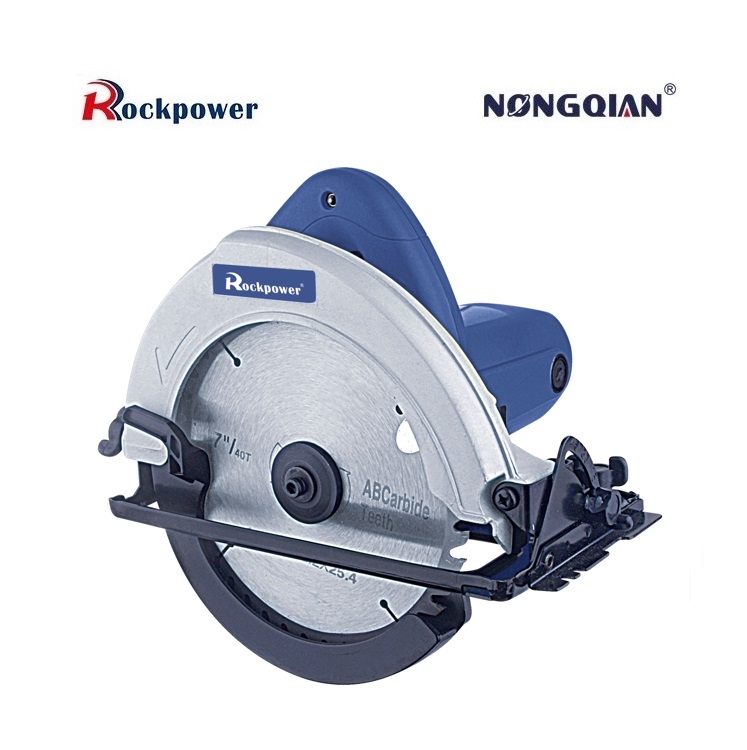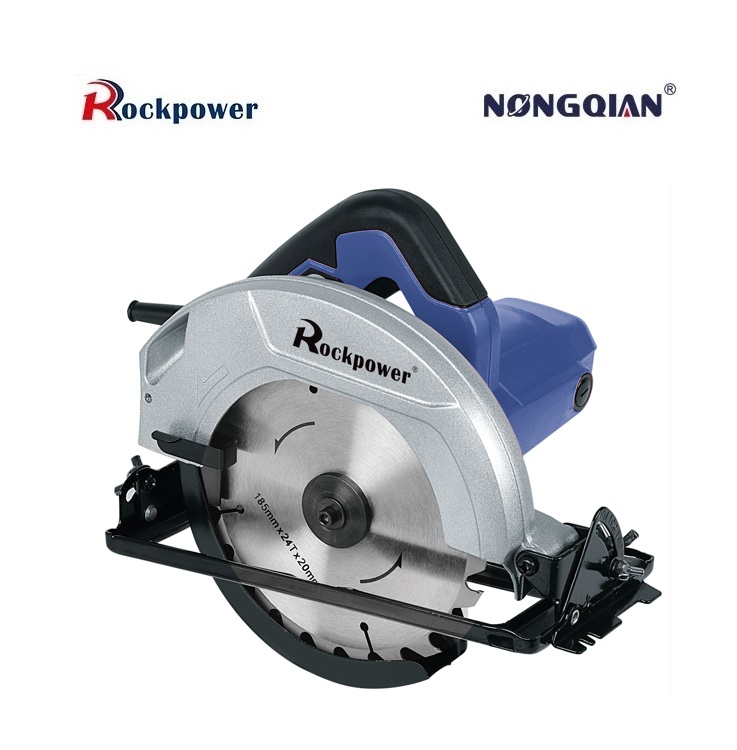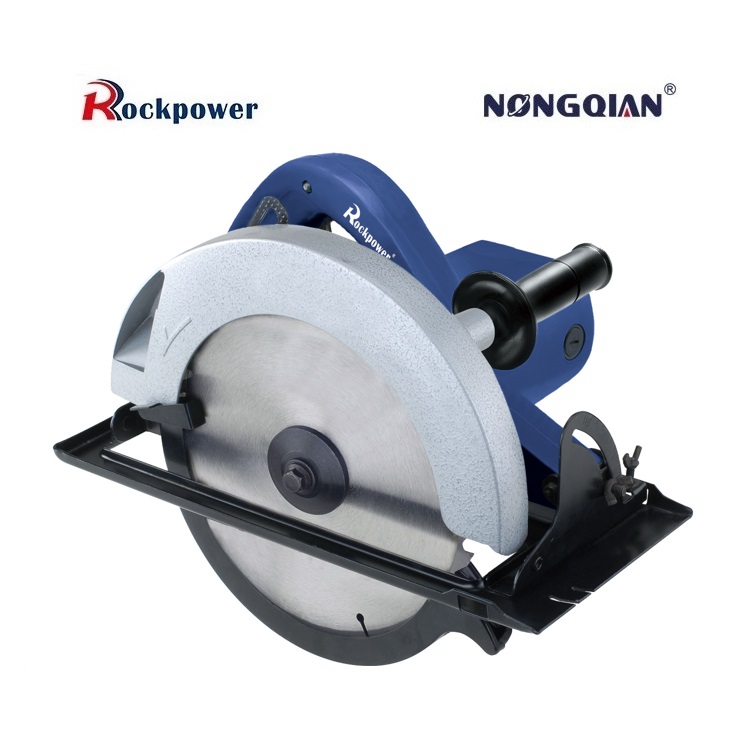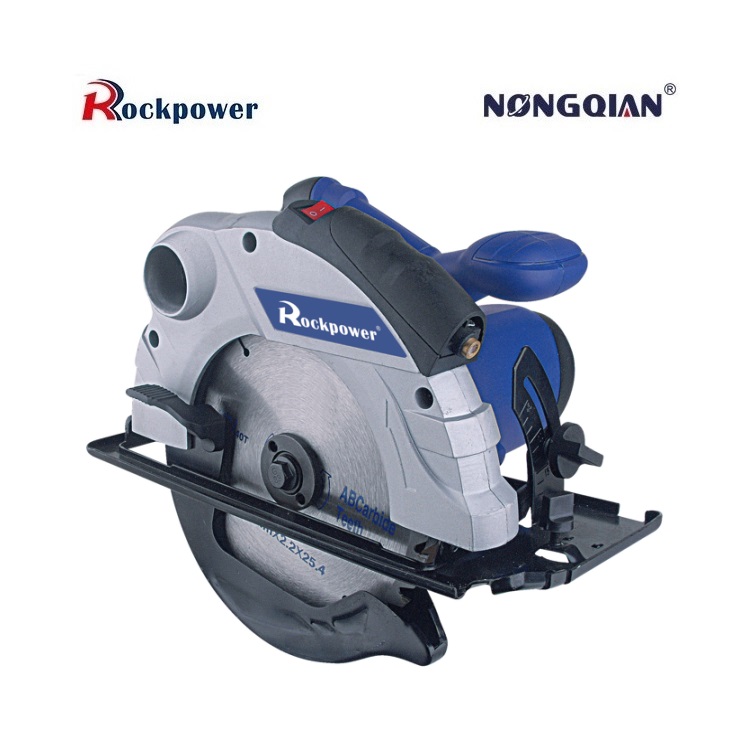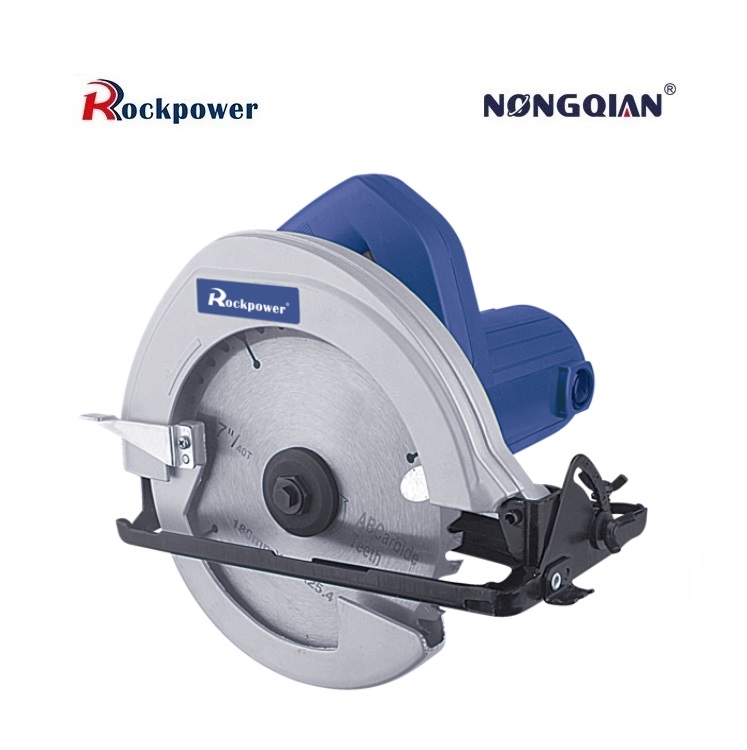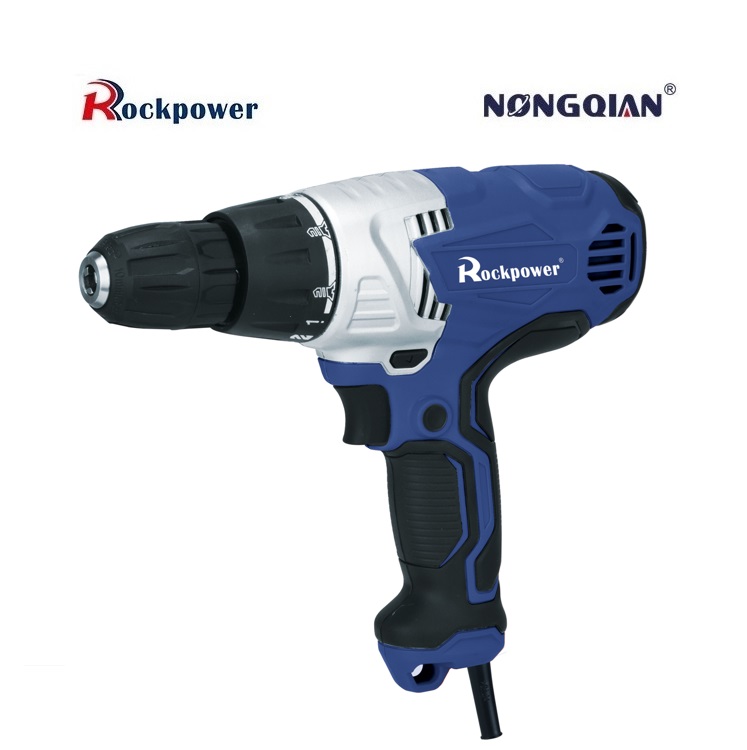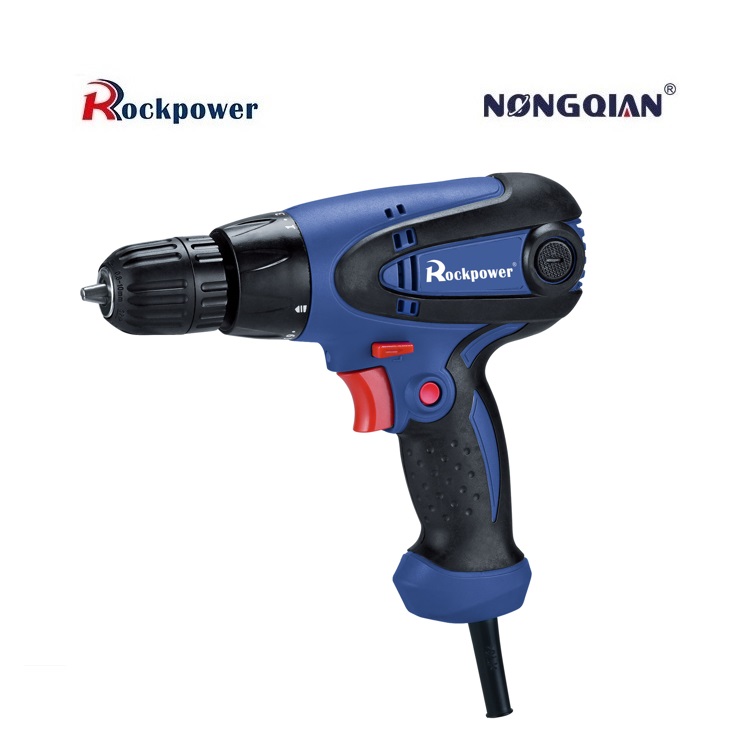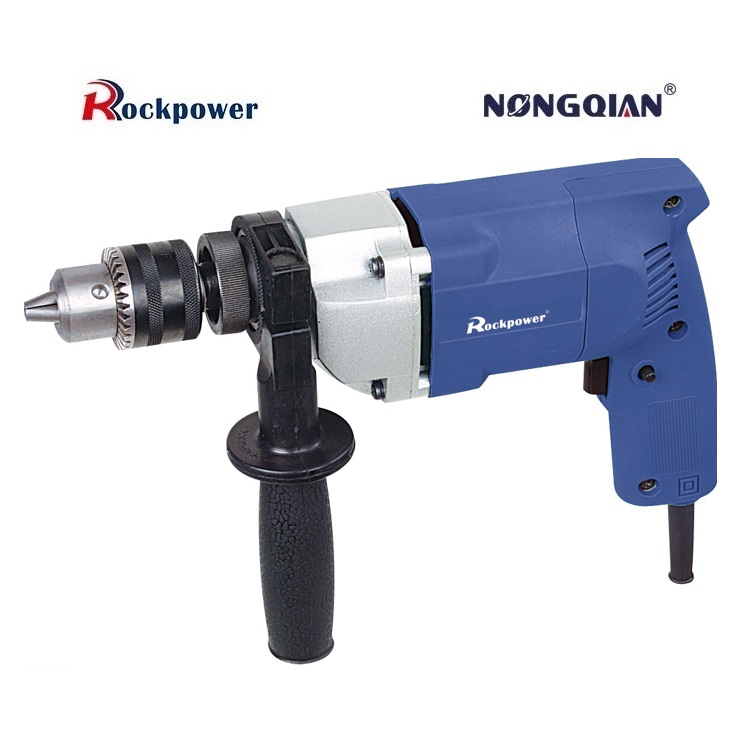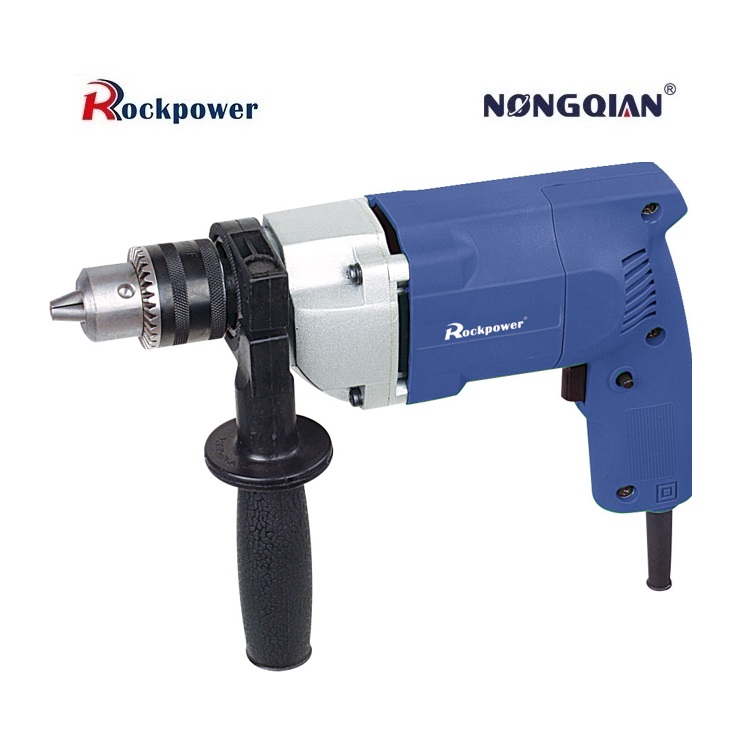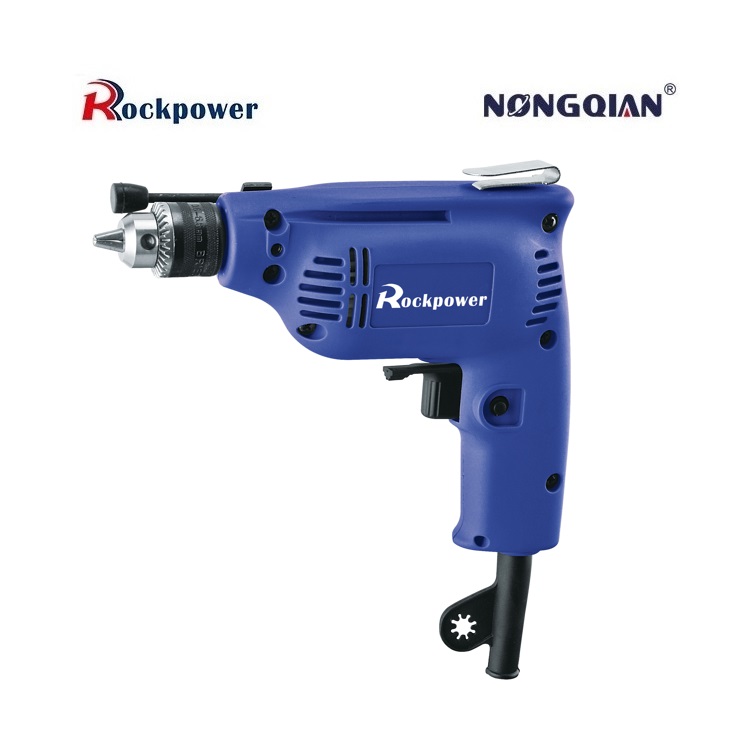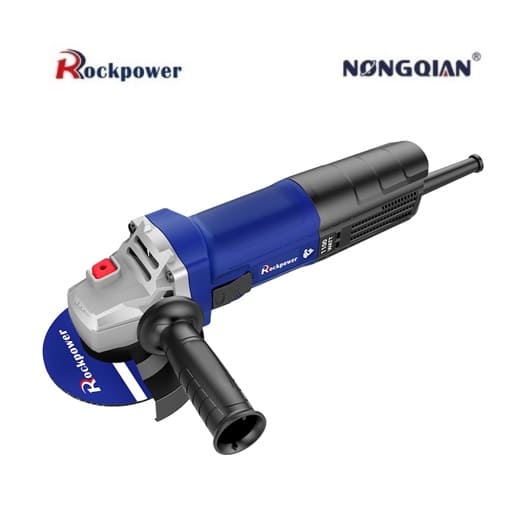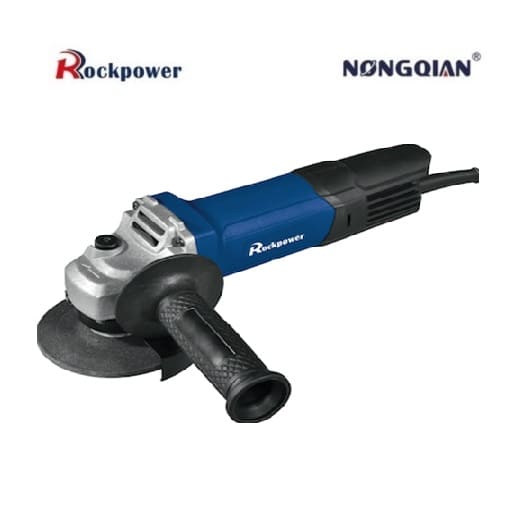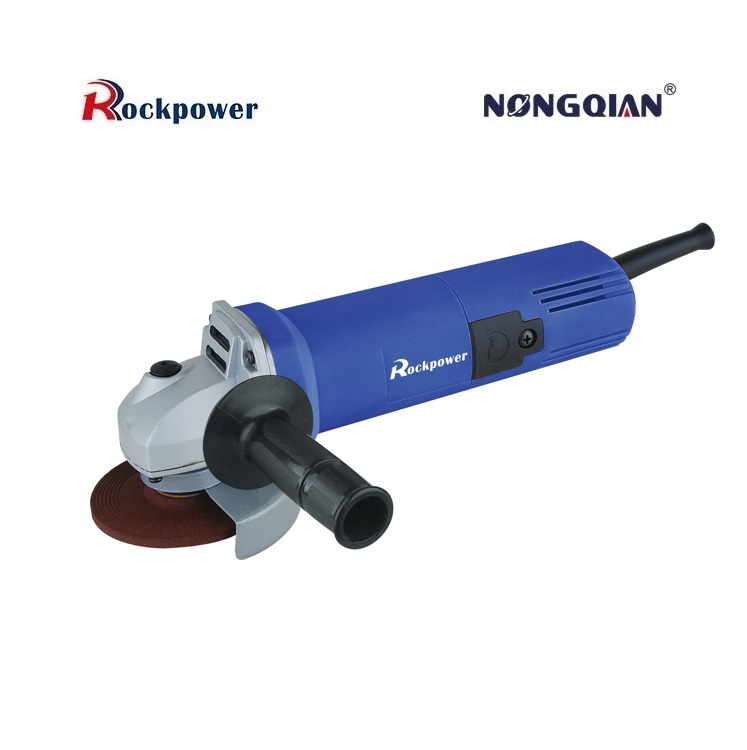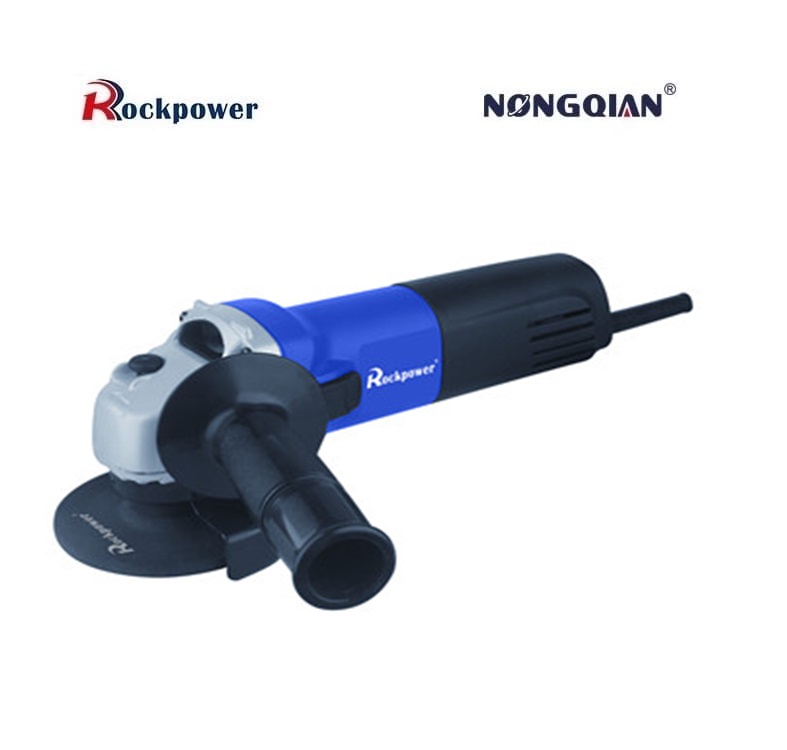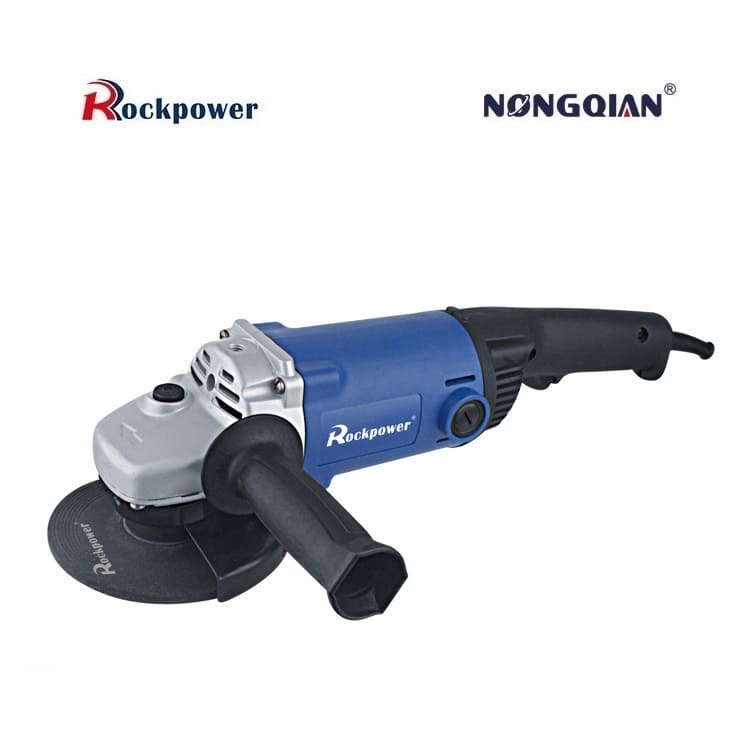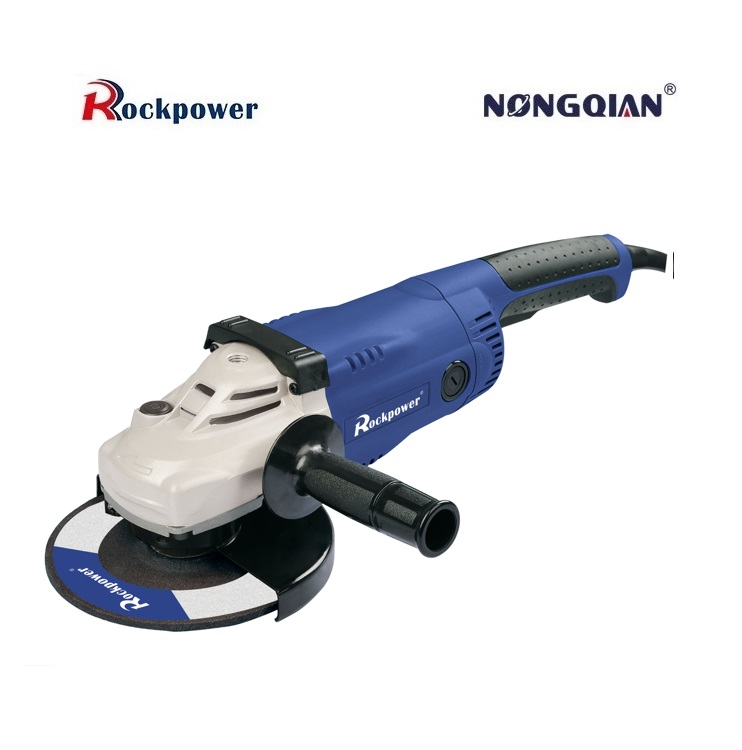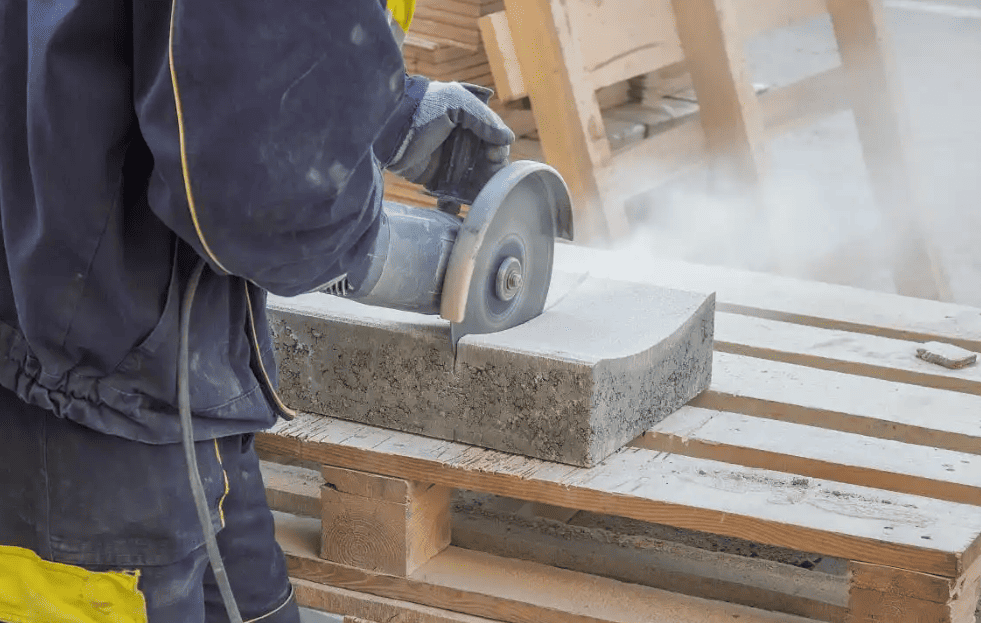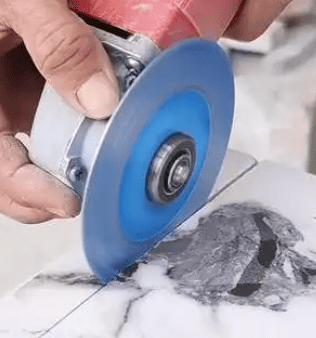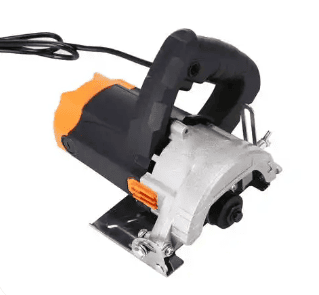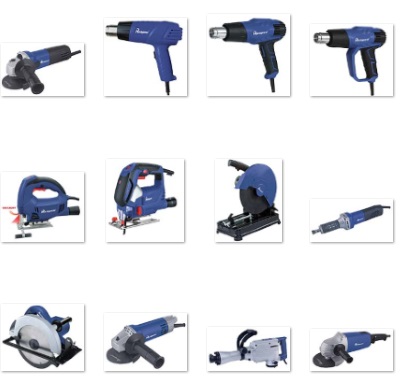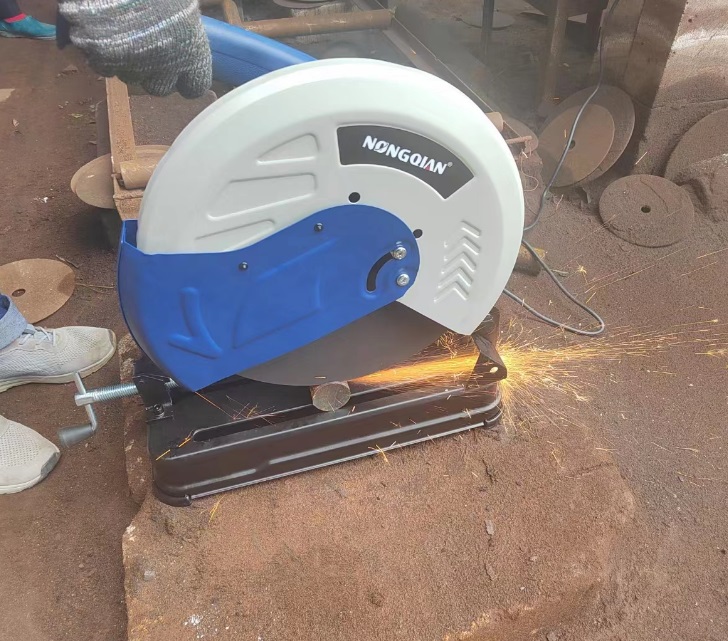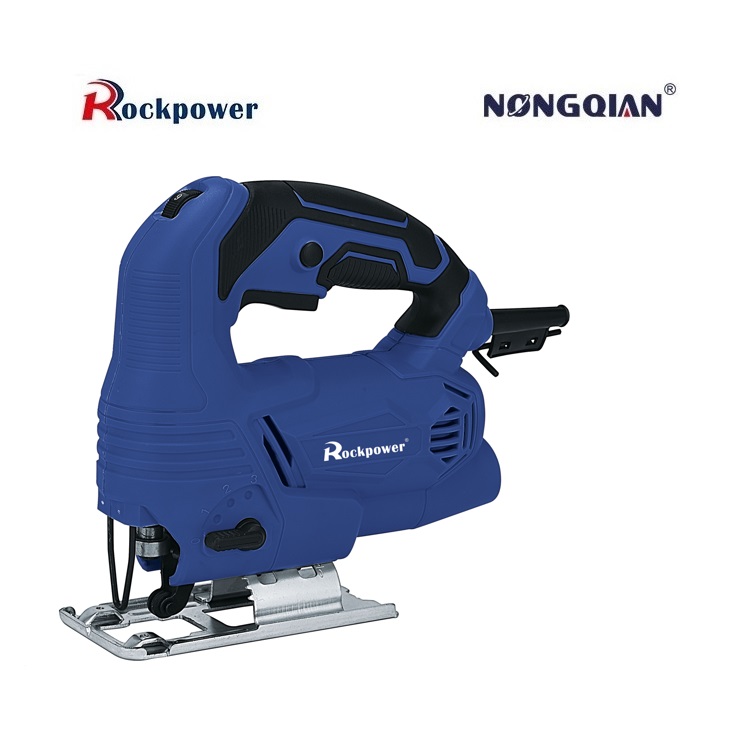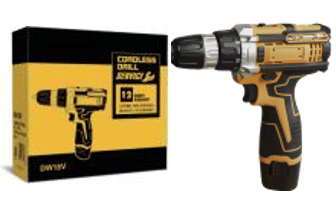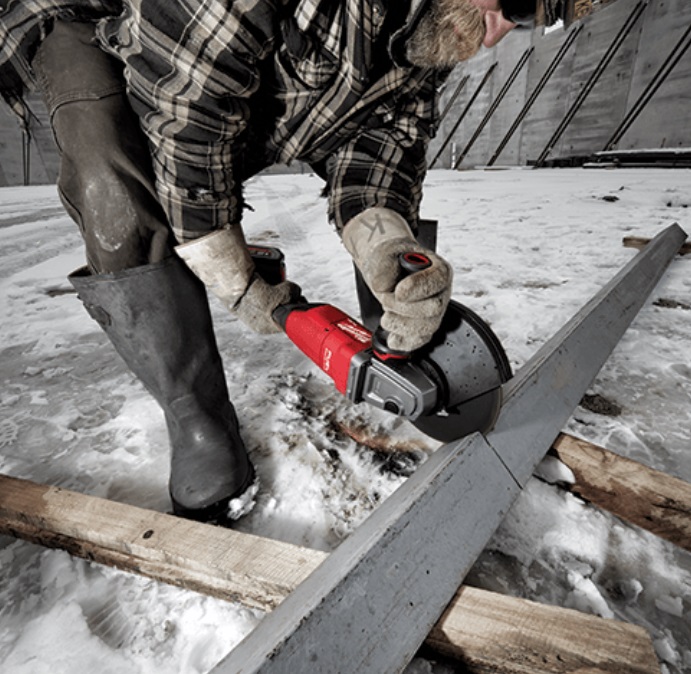when to use angle grinder?
Use an angle grinder primarily for cutting, grinding, cleaning, and polishing tough materials like metal, stone, concrete, and tile, especially in construction, metalworking, DIY projects, and automotive repair where speed and versatility in a handheld tool are essential. This powerful grinding machine excels at tasks requiring high rotational speed and the ability to accept a wide range of attachments. Its core strength lies in material removal – whether that’s slicing through rebar, stripping paint down to bare metal, smoothing a rough weld, or putting a fine finish on a surface. Understanding its specific applications and inherent dangers is crucial for effective and safe operation.
Metal Surface Processing: Shaping, Smoothing, and Finishing
Angle grinders are indispensable in metal fabrication and repair. Their high speed (typically 10,000-15,000 RPM) makes them exceptionally efficient for removing material quickly. One of the most frequent uses is eliminating weld beads and spatter after joining metal pieces. The grinder swiftly levels these raised areas, creating a smooth transition between the joined parts. It’s also the go-to tool for eradicating surface defects like deep scratches, gouges, or casting imperfections. Removing stubborn oxidation (rust) or mill scale from steel is another core function, often achieved using wire brush attachments or specific grinding discs. Beyond just cleaning, angle grinders are masters of surface texturing. By using different grit flap discs or specialized wheels, operators can create consistent finishes like the delicate lines of a brushed (satin) finish or the uniform pattern of a snowflake finish, crucial for both aesthetics and functionality in metal parts. This versatility makes it far more adaptable than a standard bench grinding machine for diverse on-site or workshop metal tasks.
Cutting Operations: Precision Through Power
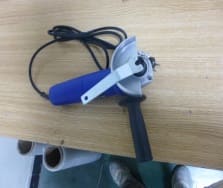
Equipped with the appropriate cutting disc, the angle grinder transforms from a surfacing tool into a highly effective cutter. Thin cutting wheels, often reinforced with fiberglass (fiber-reinforced cut-off wheels), allow it to slice through various metals – steel rods, rebar, pipes, sheet metal, and even bolts or nails. Its maneuverability makes it ideal for demolition work, cutting out sections of metal framework or removing damaged components in tight spaces where larger saws can’t reach. Furthermore, the angle grinder isn’t limited to metal. Fitted with a diamond-tipped blade, it becomes proficient at cutting rigid materials like ceramic tile (for intricate cuts around outlets or pipes), natural stone (marble, granite slabs), brick, and concrete blocks. For thicker concrete structures or deep cuts, specialized diamond blades and potentially water attachments are used, though core cutting large sections is better suited to dedicated cut-off saws. The key advantage over many dedicated cutting grinding machines is its portability and ability to make plunge cuts directly into material.
Cleaning, Restoration, and Surface Preparation
The angle grinder’s utility extends significantly into cleaning and restoration projects, primarily through specialized attachments. Knotted wire cups or brushes mounted on the grinder are incredibly effective at stripping away tenacious coatings and contaminants. This includes removing layers of old, flaking paint from metal surfaces down to bare substrate, eliminating thick deposits of dried cement or mortar splatter from tools or masonry, and cleaning heavy rust or corrosion from steel components. In masonry restoration, a wire brush attachment can aggressively clean out loose or deteriorated mortar from joints in brickwork (a process called “raking” joints) in preparation for repointing. It’s also excellent for cleaning weld areas before painting or further welding, ensuring optimal adhesion or joint quality. This cleaning power, delivered at high speed, saves immense time and labor compared to manual scraping or brushing.
Core Users and Their Diverse Fields
The angle grinder’s unique combination of power, speed, and adaptability has made it a fundamental tool across numerous professions and hobbies. Construction workers rely on it heavily for tasks like cutting rebar to length, trimming door frames or metal studs, grinding down concrete protrusions, notching tiles, and creating grooves (chasing) in walls or floors for electrical conduits or plumbing pipes. Studies, such as those referenced in the China Construction Machinery Yearbook 2023, indicate that approximately 65% of construction sites routinely utilize angle grinders. Metalworkers and welders use them constantly for preparing metal surfaces (grinding bevels for welding, removing mill scale/rust), cleaning up welds (removing spatter, smoothing beads), cutting stock, and deburring sharp edges on machined parts. While less common than in metal or masonry, woodworkers and furniture makers also employ angle grinders fitted with specialized carving discs or sanding attachments for shaping, sculpting intricate designs, or rapidly removing material on large pieces, though strict speed control (often below 10,000 RPM) is vital to prevent burning the wood. Automotive mechanics use them for cutting exhaust pipes, removing rusted bolts or brackets, grinding down body filler, and stripping old paint or undercoating from panels. Finally, DIY enthusiasts and homeowners find countless uses, from cutting plumbing pipes and metal fencing to sharpening lawn mower blades, refinishing old tools, or polishing metal surfaces, making it one of the most versatile tools in a home workshop. For cordless models, keeping the battery charger handy is essential for continuous workflow.
Technical Applications Across Materials
The angle grinder’s capabilities are continually expanded through specialized discs and techniques. In dedicated metal fabrication, it handles cutting tasks on steel plates up to around 10mm thick effectively using thin fiber-reinforced wheels. For finishing, it achieves remarkable results: pairing it with progressively finer grit flap discs (often culminating in a sisal or cloth polishing wheel and compound) can produce a true mirror polish on stainless steel or aluminum, a process significantly faster (efficiency gains of 80% or more are common) than laborious hand polishing. When working with stone and concrete, the diamond cutting blade is key. Dry-cutting blades suffice for quick cuts in brick or block, but for deep cuts in hard stone like granite or thick concrete, using a blade designed for wet cutting (with a constant water feed for lubrication and cooling) is critical to prevent blade glazing, excessive wear, and the dangerous risk of the blade cracking or the stone shattering due to heat buildup. Concrete grooving for utilities typically stays within a 3-5cm depth limit to prevent motor overload and ensure control, as emphasized in safety standards like those from OSHA. Emerging applications push boundaries: automotive repair often necessitates specialized “non-sparking” (often aluminum oxide abrasive) discs when working near fuel lines or tanks. Artists and sculptors value compact, lightweight models (often under 2.5kg) for detailed metal shaping and finishing, demanding precision and reduced user fatigue. Cordless grinders offer great freedom for these mobile tasks, but managing battery life and having a spare charger ready is part of the workflow.
Critical Safety Practices: Non-Negotiable Protocols
The immense power and speed that make the angle grinder so useful also make it inherently dangerous. Strict adherence to safety protocols is mandatory. Personal Protective Equipment (PPE) is the first line of defense: always wear impact-resistant safety glasses or, preferably, a full-face shield to protect against flying debris and sparks. Heavy-duty work gloves provide grip and protect hands. Hearing protection (earplugs or muffs) is essential due to the high noise levels (regulated in regions like the EU by standards such as EN 60745-1, requiring <91 dB at operator position). A respirator or dust mask is crucial when generating significant dust (concrete, stone, treated wood, paint). Never wear loose clothing, jewelry, or gloves that could be caught by the spinning disc; secure long hair. Machine safety starts with inspection: always check the disc for cracks or damage before use – never mount a compromised disc. Ensure the safety guard is correctly installed and adjusted to deflect sparks and debris away from the user, and that all clamps and nuts (especially the outer retaining nut) are securely tightened using the correct tools (spanner wrenches, often supplied). Maintain a firm, two-handed grip whenever possible, utilizing the side handle for maximum control and leverage. Position yourself securely, ensuring the cutting/grinding path is clear and the disc’s rotation at the point of contact is moving away from your body (not towards you). Be acutely aware of the cord’s location (or battery status on cordless models) to prevent tripping or accidentally cutting it. Never force the tool; let the disc do the work at its own pace to avoid binding or kickback. Be mindful of sparks and hot debris – keep the work area clear of flammable materials and have a fire extinguisher accessible. Allow the tool to cool down during extended use; a general rule is to stop for 10-15 minutes after every 30 minutes of continuous heavy work. Store the tool and its charger (for cordless) properly. Finally, always disconnect the power source (unplug or remove the battery) before changing discs or performing any maintenance, including replacing worn carbon brushes which are critical for motor function. Regularly check the tool, its charger (if applicable), and accessories for damage.
Selecting the Right Tool and Discs
Choosing the appropriate angle grinder and disc is vital for both performance and safety. For power, smaller models (750W or less) are sufficient for light-duty tasks, occasional DIY use, or finer polishing. Heavy-duty grinding, deep concrete cutting, or frequent professional use demands higher power (1000W and above). Disc size matters: common sizes are 4.5″/115mm and 5″/125mm for general use, while 7″/180mm or 9″/230mm models tackle larger cutting or grinding jobs but require more strength to control. Cordless models offer excellent portability but require battery management and a reliable charger; ensure battery voltage and amp-hour rating suit the intended workload. Disc selection is paramount: Always use the correct disc type and maximum RPM rating for the specific material and task. Fiber-reinforced cut-off wheels are for metal cutting only. Diamond blades (segmented for concrete/masonry, continuous rim for tile/stone) are for cutting hard, brittle materials. Grinding discs (depressed center wheels) are for aggressive metal removal. Flap discs (sandpaper flaps) are for blending, finishing, and light stock removal. Wire brushes (cup or wheel) are for cleaning and rust removal. Specialized discs exist for wood carving or polishing. Using a disc on the wrong material (e.g., a metal grinding disc on concrete) or exceeding its RPM rating is extremely hazardous and can cause catastrophic disc failure. Always match the disc to the tool’s specifications and the job at hand.

